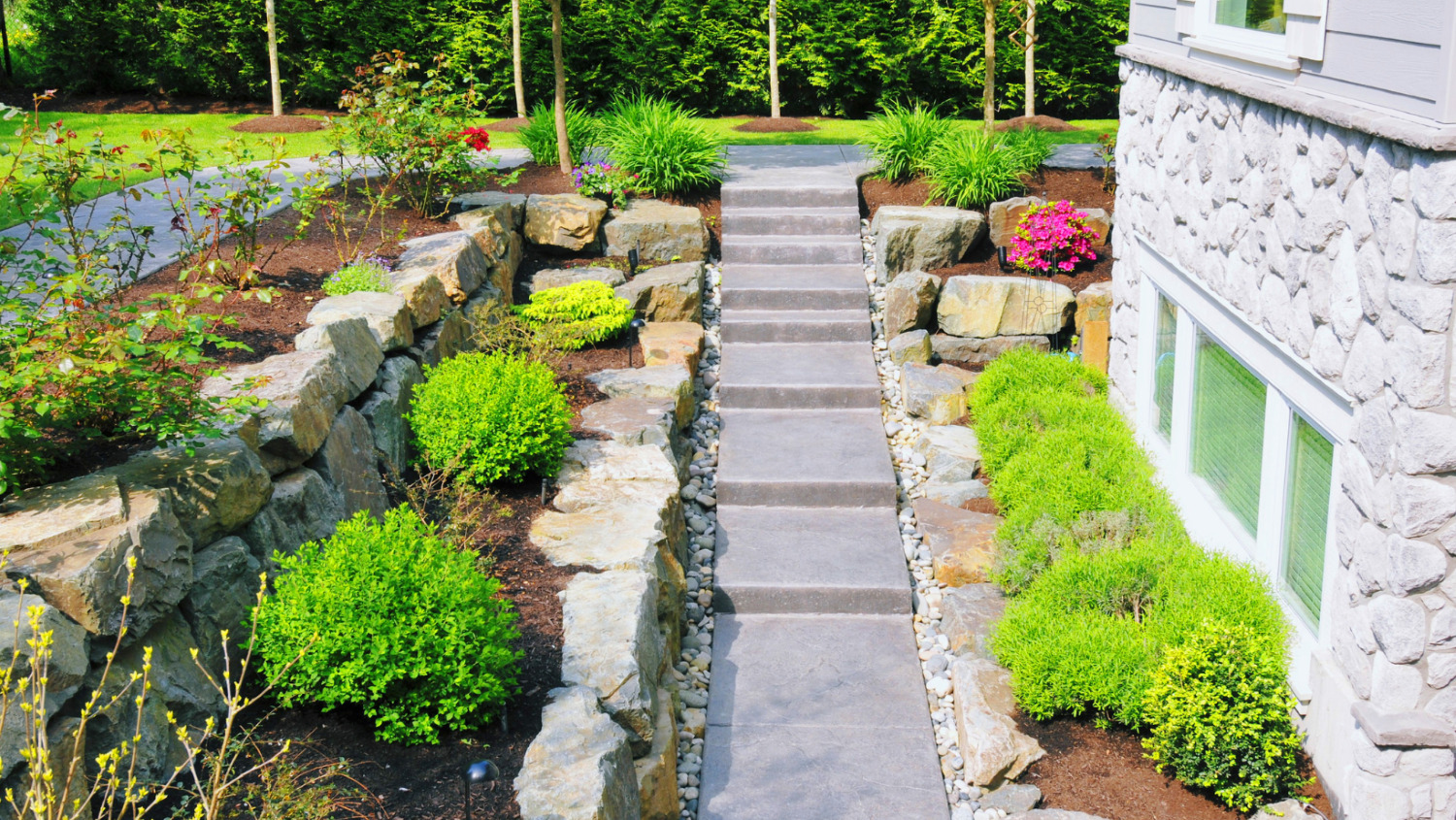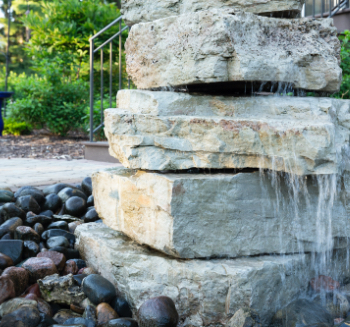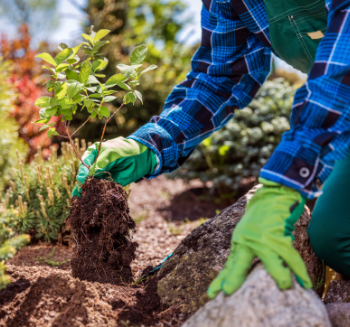French Drain vs. Trench Drain: Which Drainage Solution is Right for Your Home?

Proper drainage is essential for maintaining a dry and healthy home. When it comes to effective drainage solutions, two popular options are French drains and trench drains. Each has its own advantages and considerations, making it important for homeowners to understand the differences between them.
French Drain vs. Trench Drain
French drains are designed to collect and redirect subsurface water, making them ideal for managing groundwater or handling excess water from heavy rains. Trench drains, on the other hand, are surface-level drains that collect water from the surface and are commonly used in areas prone to surface water runoff.
French Drains: The Time-Tested Solution
A French drain is a versatile and widely used drainage system that effectively manages excess water by redirecting it away from your property. It consists of a perforated pipe wrapped in a fabric sleeve, surrounded by gravel or rock.
Specific French Drain Aspects to Consider
Fabric for French Drain:
The fabric sleeve plays a crucial role in a French drain system. It prevents sediment and debris from clogging the pipe, ensuring long-term functionality. Choose a high-quality, durable fabric that allows water to pass through while keeping unwanted particles out.
Best Pipe for French Drain:
When selecting a pipe for your French drain, opt for a durable and corrosion-resistant material like PVC or HDPE (High-Density Polyethylene). These pipes have excellent water flow capabilities and can withstand the test of time.
Pipeless French Drain:
In some cases, a French drain without a pipe may be used when dealing with shallow water issues. Instead of using a pipe, gravel or rock-filled trenches allow water to naturally percolate into the ground. This approach is suitable for areas with a high water table or when dealing with minor water concerns.
Best Rock for French Drain:
The choice of rock or gravel for a French drain is important as it provides a channel for water flow and helps prevent clogging. Opt for clean, washed gravel with a diameter between ½ inch to 1 inch. Avoid using rounded river rocks or larger stones that can impede water movement. This type of yard drainage solutions is often called the "pebble drain."
Trench Drains: Managing Surface Water Runoff
Trench drains, also known as channel drains, are primarily used to manage surface water runoff and prevent pooling in areas such as driveways and patios. Here's what you should know:
- Installation and Maintenance: Trench drains require proper installation to ensure efficient water flow. Regular maintenance is necessary to prevent debris and sediment buildup, which can hinder water drainage.
- Design Considerations: Trench drains are available in various sizes and materials, including polymer, concrete, and metal. Choose a material that suits your specific application and aesthetic preferences.
Uncover the Right Drainage Solution for You with Dundee
When it comes to effectively managing water drainage, it's important to consider factors such as the source and intensity of your water problem. French drains are designed to handle subsurface water issues, while trench drains are best for managing surface water runoff. Consulting with a professional landscaper or drainage specialist can also provide valuable insights and guidance tailored to your specific situation.
By understanding the differences and considering your specific needs, you can make an informed decision on the right drainage solution to keep your property dry and protected. Contact Dundee to get started today!
Yard Drainage Frequently Asked Questions:
1. How deep does a French drain need to be?
A French drain needs to be deep enough to effectively divert excess water from your property. The ideal depth is usually somewhere between 18 to 24 inches deep.
2. French drain vs sump pump, what's the difference?
The main difference between both of these water management systems is that the French drain is a passive system while a sump pump is an active system. The French drain redirects surface water and ground water away from your foundation, while a sump pump works to remove water that has already accumulated, typically in areas such as basements or crawl spaces.
In some cases, both solutions are used together for complete water management and peace of mind.
3. How far away does a French drain need to be?
A French drain should be about 4-6 feet away from your homes' foundation to prevent flooding or water damage.
4. How easy is a French drain to install?
While many home owners find t feasible to install both French drains and trench drains on their own- French drains are typically more costly overall.



